DJI Mavic 4 Pro Review: Comprehensive Upgrades in Imaging and Performance, a Powerful Tool for Content Creation
![]() 05/15 2025
05/15 2025
![]() 562
562
With a series of models such as the DJI Mavic, Air, Mini, and Flip, DJI has occupied an absolute position in the consumer drone market. Each series has its unique features, meeting consumers' needs in different scenarios. Among them, the Mavic series has become a productive tool for many creators due to its performance. Recently, DJI upgraded the Mavic series, bringing the all-new DJI Mavic 4 Pro drone. What changes does this upgrade bring? We recently had the opportunity to experience it for a period of time, and here's a look at its performance.

Low Wind Resistance Configuration for Faster Flight
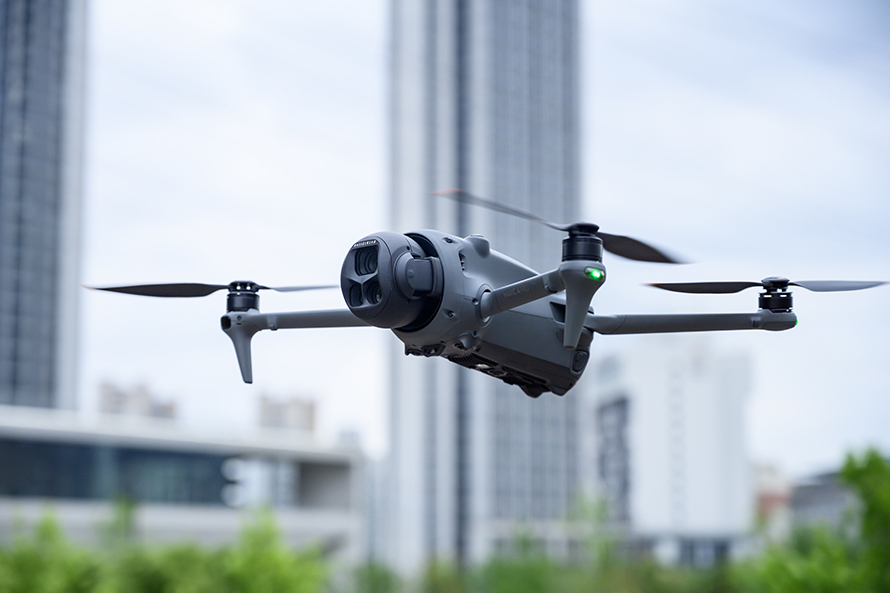
At first glance, the Mavic 4 Pro still retains the familiar DJI family design, giving a sense of déjà vu. However, if you look closely, compared to the previous Mavic 3, the Mavic 4 Pro has softer and more streamlined lines overall.

In fact, this is an ultra-low wind resistance configuration adopted by the Mavic 4 Pro. The benefits are obvious: it flies faster. According to official data, the Mavic 4 Pro has a maximum flight speed of 25m/s, which translates to 90km/h, which is quite fast. For reference, the DJI Mavic 3 Pro's maximum flight speed is 21m/s.
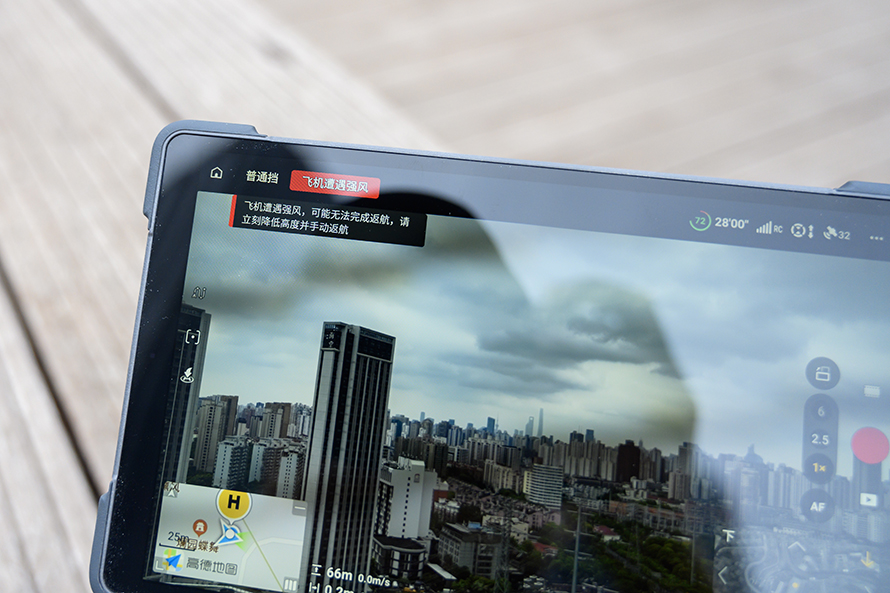
Moreover, it's not just about flying faster. When resisting strong winds at high altitudes, the Mavic 4 Pro becomes more adept. During my experience over the May Day holiday, I encountered strong winds, and the drone almost constantly prompted that it was encountering strong winds. However, it was limited to just issuing the prompt; the drone's attitude in the air remained very stable, with no pressure at all.
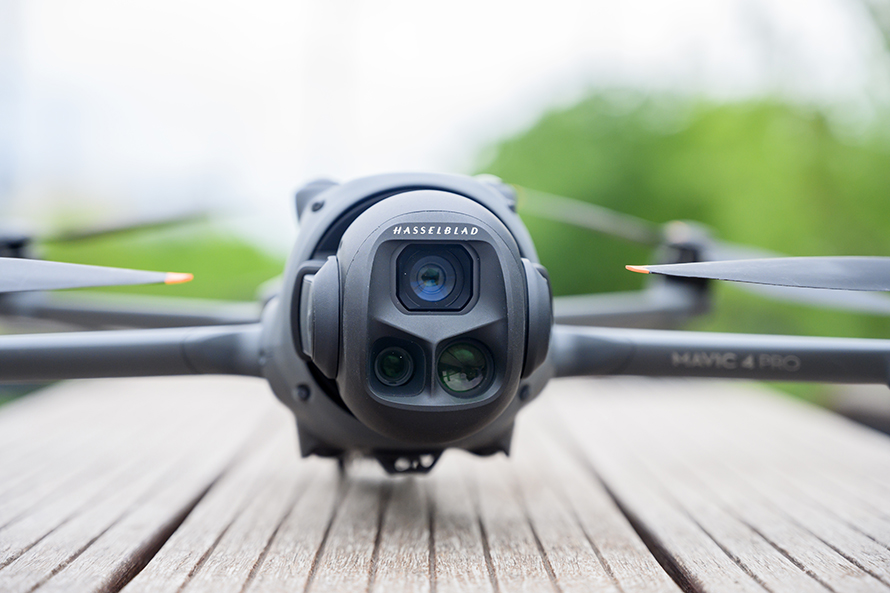
In terms of body details, it still has some very familiar settings. For example, the Mavic 4 Pro still adopts a triple-camera imaging system. Of course, we'll talk about the specific upgrades later.
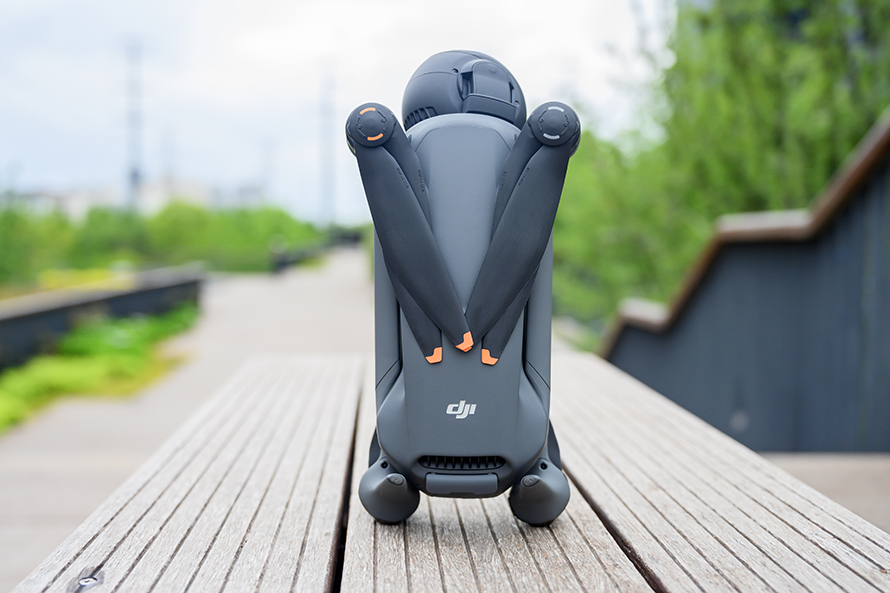
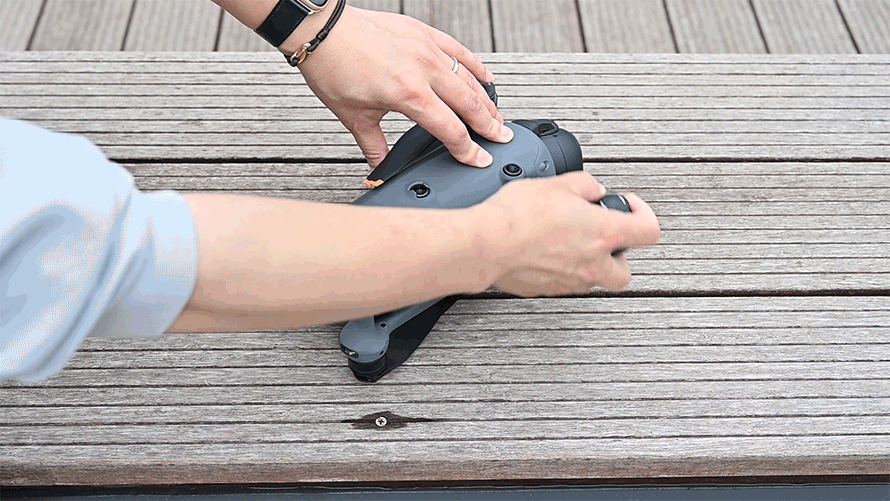
The familiar foldable storage structure makes it convenient to store and carry the drone. It also supports unfolding and power-on functions, eliminating the need to press the battery switch, making the take-off process faster.

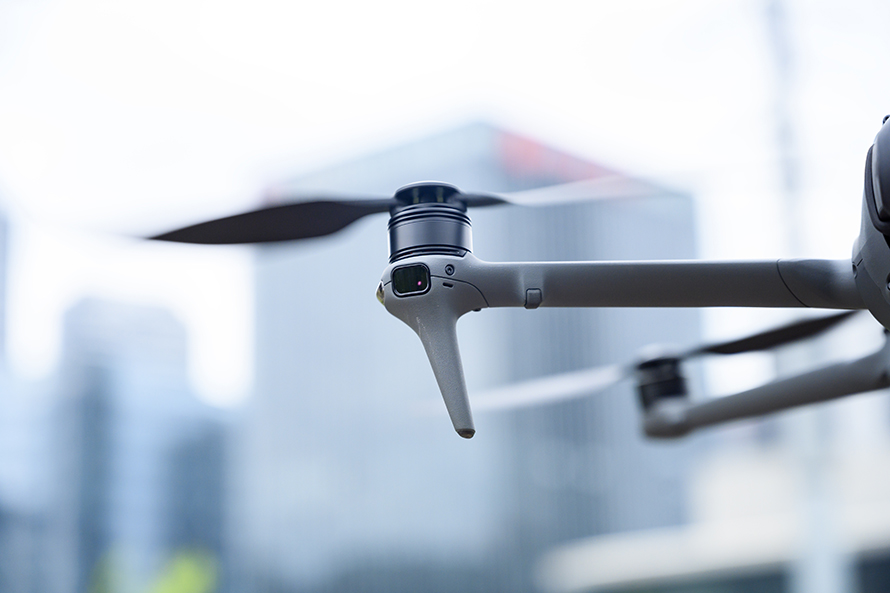
The body is equipped with a wealth of sensors, providing the Mavic 4 Pro with excellent obstacle avoidance capabilities. It's worth mentioning that, in addition to the visual sensors we are familiar with, a forward-facing lidar is also equipped on the right arm this time, bringing stronger obstacle avoidance capabilities. According to official data, the Mavic 4 Pro supports obstacle avoidance at speeds of up to 18m/s, ensuring a more reliable experience when flying in complex scenarios.
And it's not just high-speed obstacle avoidance. With the support of lidar, the Mavic 4 Pro also has better perception capabilities in low-light environments such as at night. According to official data, in a 0.1lux scenario, relying on the forward-facing lidar, it can still identify obstacles and stop in time.
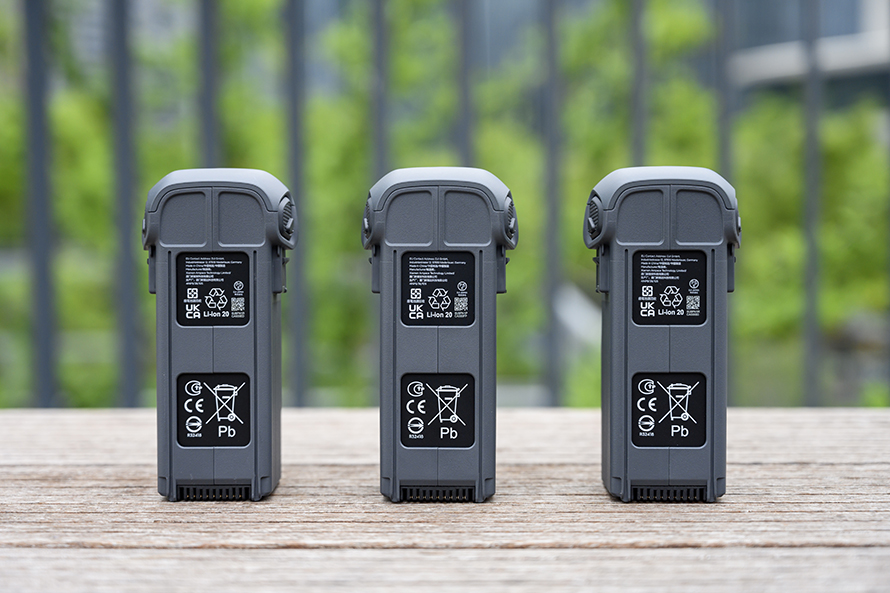
The Mavic 4 Pro is equipped with a 6654mAh battery this time. For reference, the Mavic 3 Pro's battery capacity is 5000mAh, an increase of over 1600mAh, which also brings longer endurance to the Mavic 4 Pro. According to official parameters, the Mavic 4 Pro has a maximum flight duration of 51 minutes and a maximum flight range of 41km, making your daily flights more relaxed. To be honest, considering that my experience this time was in Shanghai, with height and radius restrictions, I didn't have the opportunity to fully exploit the endurance limits.
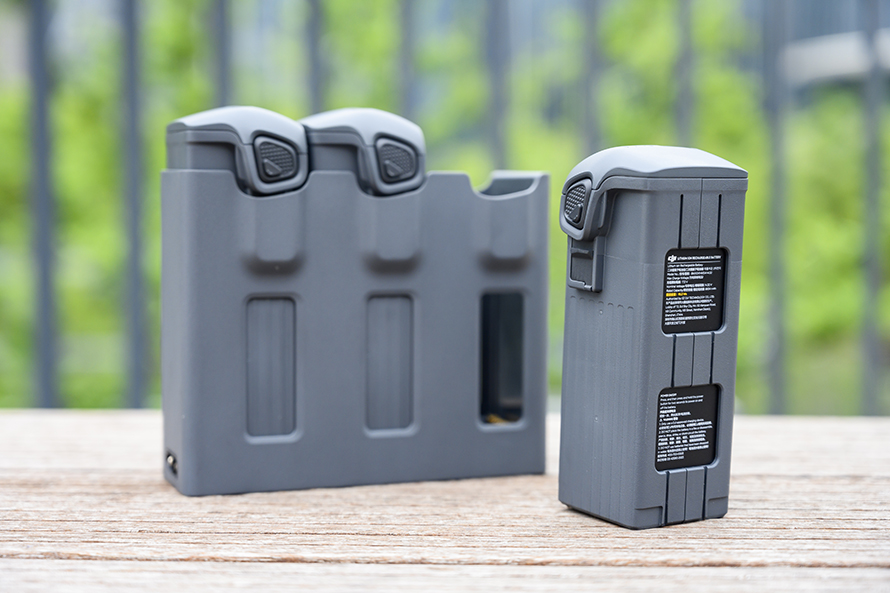
Paired with this large-capacity battery is a 240W desktop charger that supports simultaneous charging of three batteries. With the support of the SDC private protocol, it only takes 90 minutes to fully charge three batteries from zero, and 51 minutes to fully charge a single battery. The charging efficiency is very good.
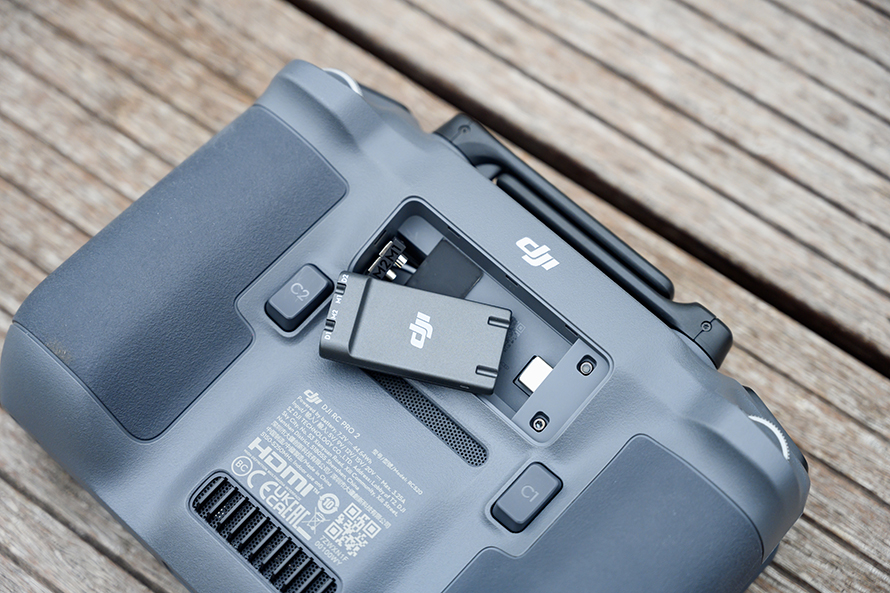
Of course, such a long flight duration and range also pose higher demands on video transmission during BVLOS (Beyond Visual Line of Sight) flights. Therefore, DJI has simultaneously brought the ultra-long-range O4+ video transmission this time, with a transmission distance of up to 30km and support for 10-bit end-to-end HDR video transmission. It also supports e-SIM and dual-network dual-channel connectivity, providing a more stable and reliable transmission experience.
Newly Upgraded Controller with Built-in Screen
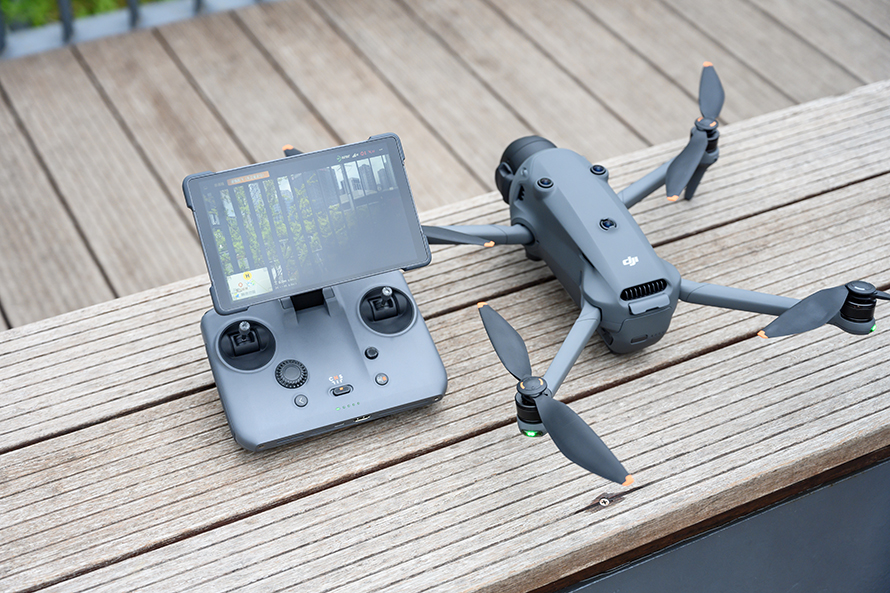
Let's take a look at the controller equipped with the Mavic 4 Pro this time. Since we experienced the Creator Combo, it is paired with the DJI RC Pro 2, which has also seen significant improvements. It is equipped with a 7-inch Mini-LED screen with a peak brightness of 2000 nits. The controller also has built-in 128GB storage, supports the installation of apps, has a built-in microphone, and is compatible with the DJI Mic series.
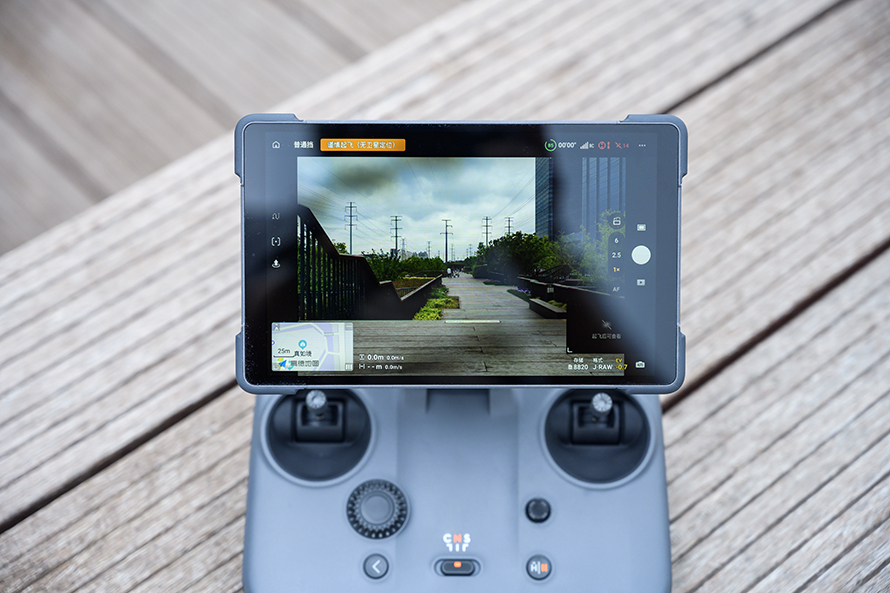
As you can see, for a controller, this is quite impressive performance. And for a drone like the Mavic 4 Pro, these are all very practical upgrades. For example, with a better screen quality, you can better monitor the image when flying in the wild.
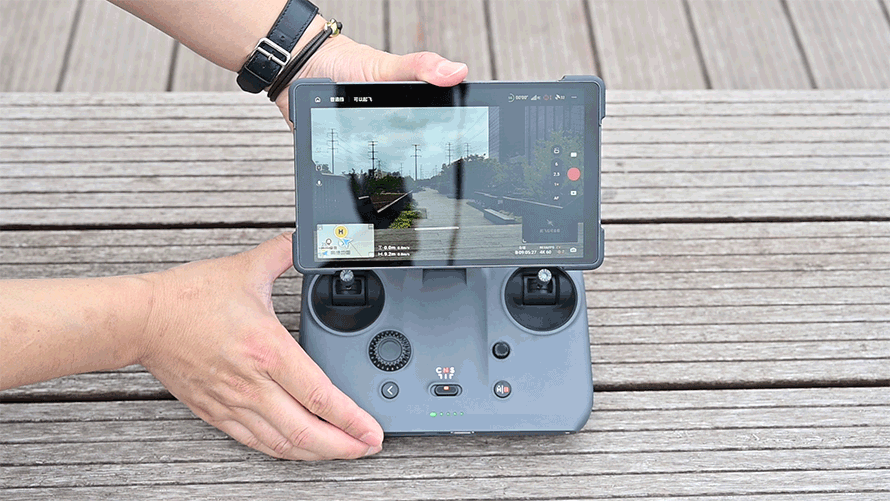
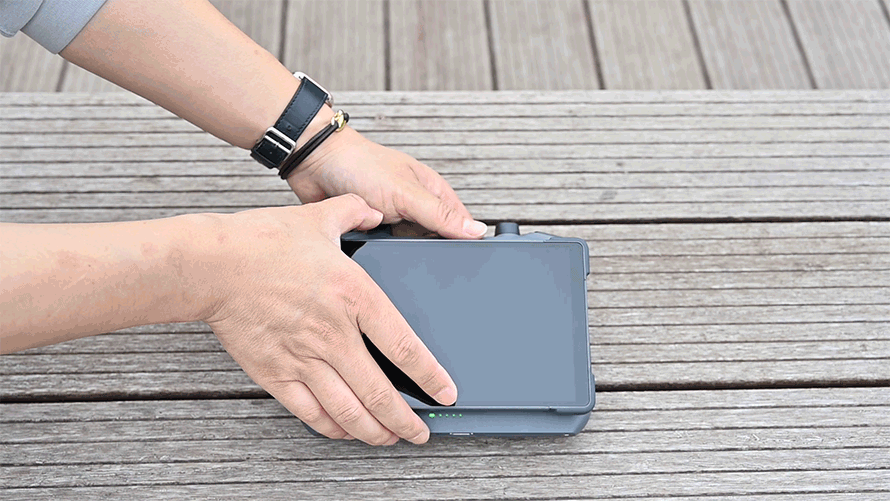
In terms of control, the RC Pro 2 also has many thoughtful designs. For example, like the drone, it supports lifting the screen to power on and closing the screen to enter sleep mode, further improving flight preparation time.
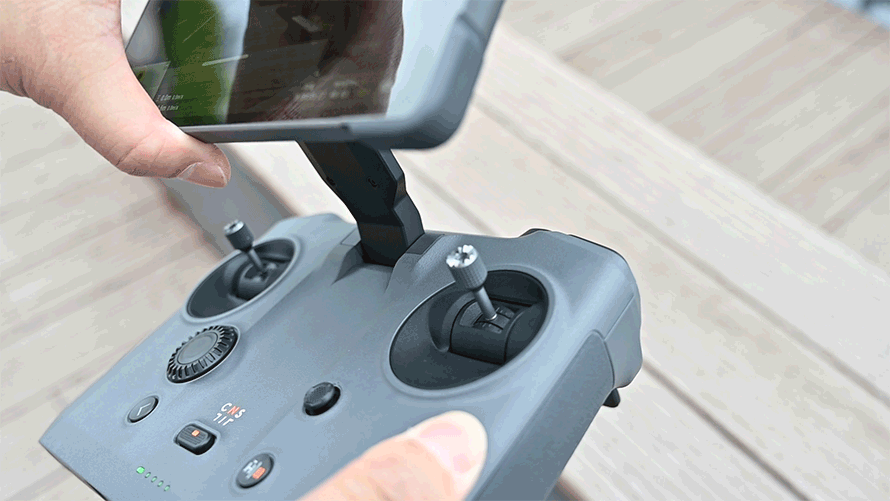
Moreover, the detachable joysticks adopt a foldable design and are linked to the screen folding, further enhancing the convenience of unfolding and storing the controller.

In addition, the screen also supports rotation. When rotated to vertical, the drone will also enter vertical screen shooting mode.
A More Powerful Triple-Camera System with 360° Rotation
Now that we've talked about updates to the appearance, it's time for the imaging upgrades that everyone is most concerned about. The DJI Mavic 4 Pro still adopts a triple-camera system, but in terms of performance, it has undergone significant upgrades compared to the previous Mavic 3 Pro. Let's first take a look at the imaging parameter configuration of the Mavic 4 Pro this time.
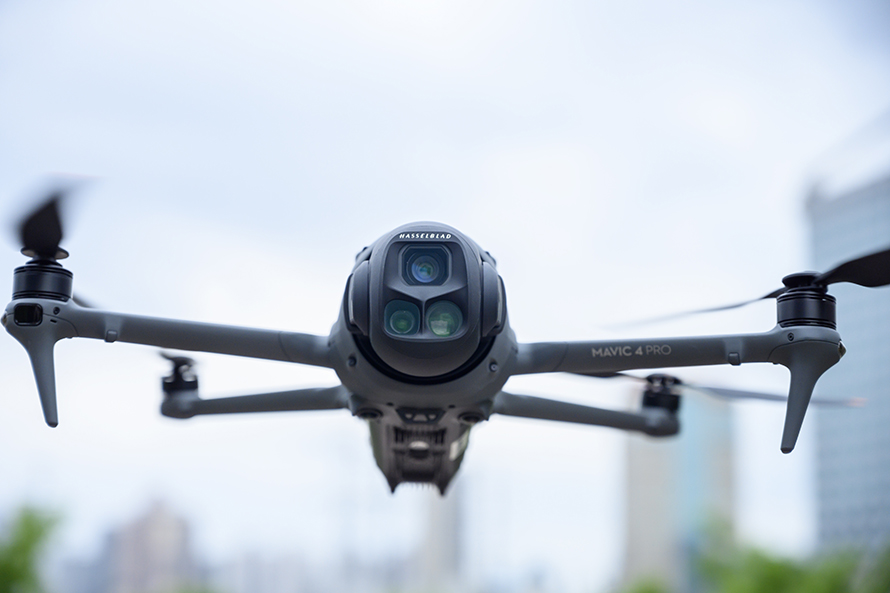
The Mavic 4 Pro triple-camera system consists of a 28mm Hasselblad camera, a 70mm medium telephoto camera, and a 168mm telephoto camera. The Hasselblad camera adopts a new 4/3 CMOS and supports a variable aperture of F2.0-11. The lens has micro-single-level high resolution and also performs well in distortion control. In terms of video capabilities, this lens supports 6K/60fps and 4K/120fps specifications.
The 70mm medium telephoto camera uses a 1/1.3-inch CMOS with a maximum aperture of F2.8, supporting 4K/60fps HDR video and 4K/120fps video recording. The telephoto camera uses a 1/1.5-inch CMOS, 168mm focal length, with a maximum aperture of F2.8 as well, supporting 4K/60fps HDR video and 4K/100fps video recording. All three lenses support dual native ISO fusion, as well as D-Log, D-Log M, and HLG color modes.
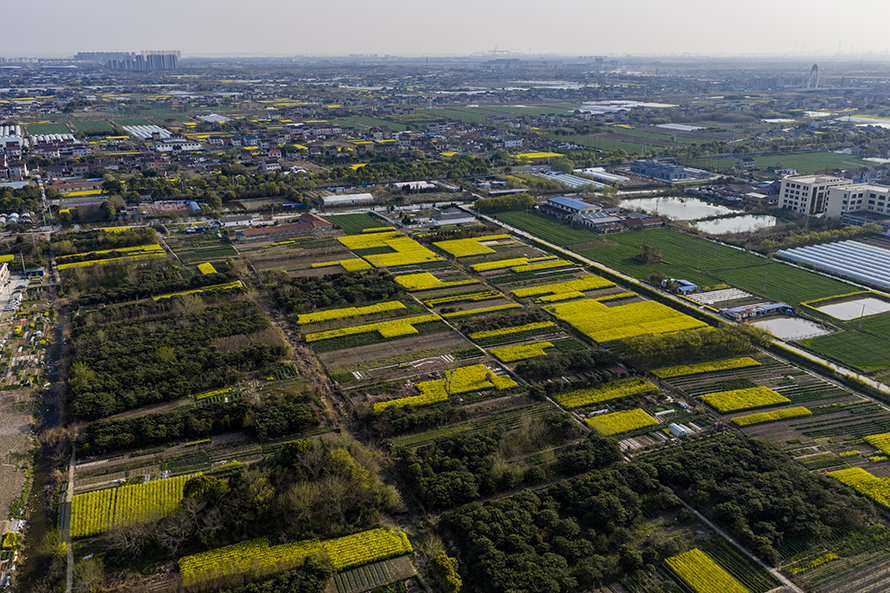
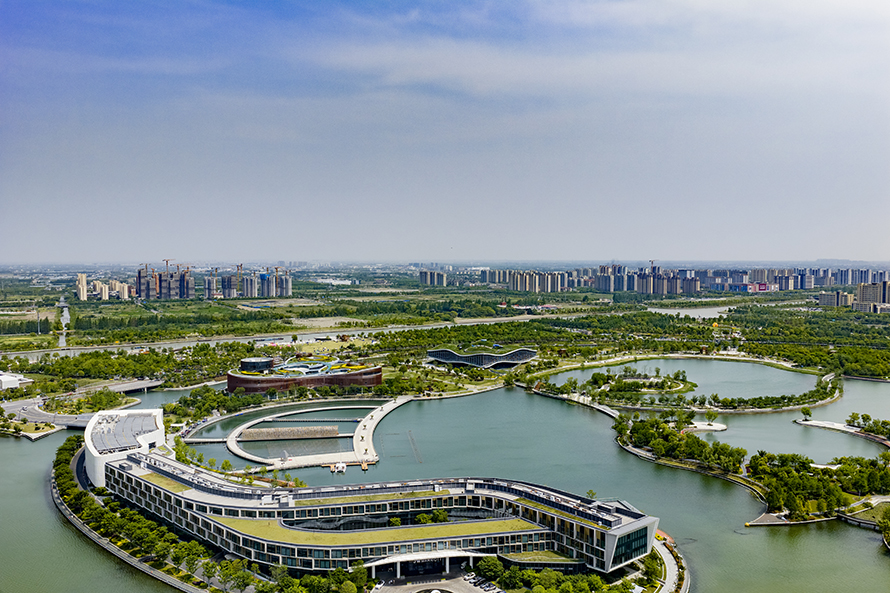
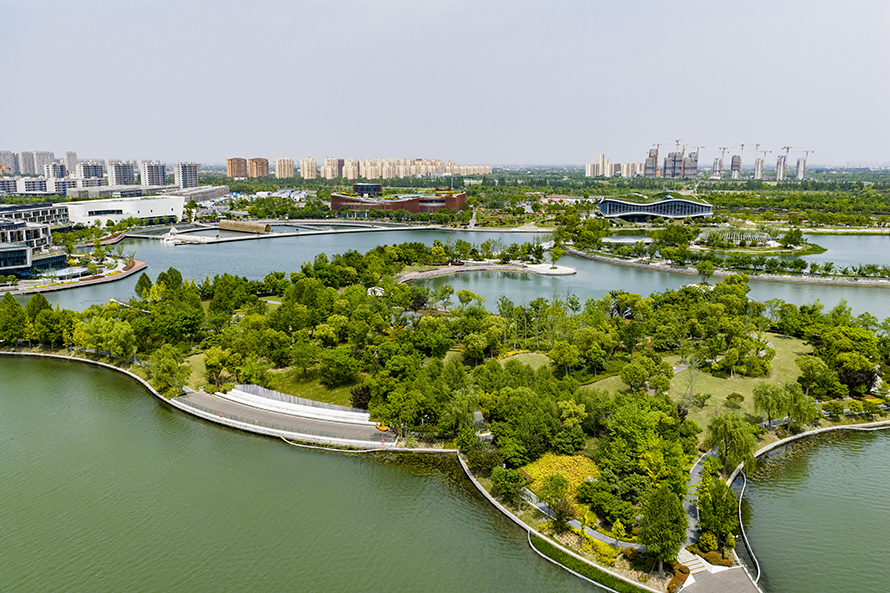
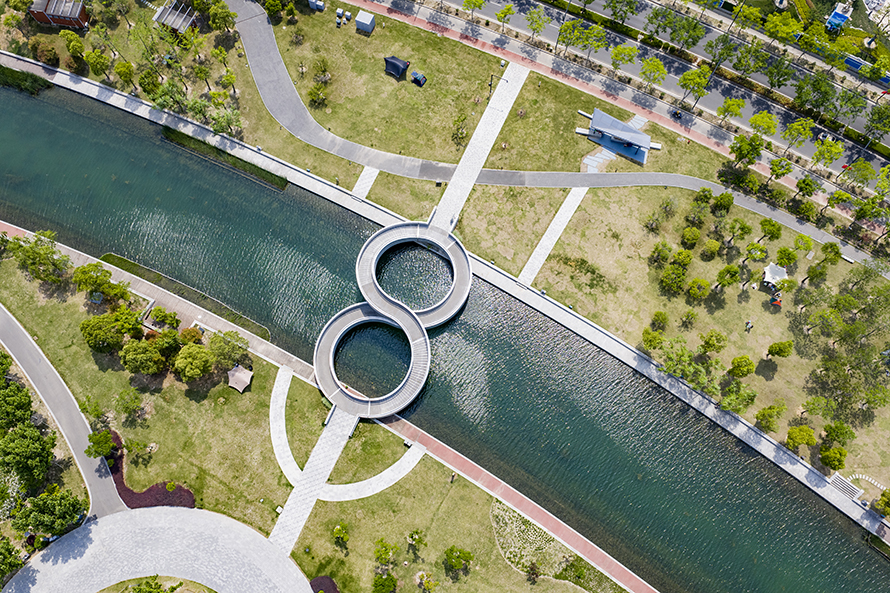
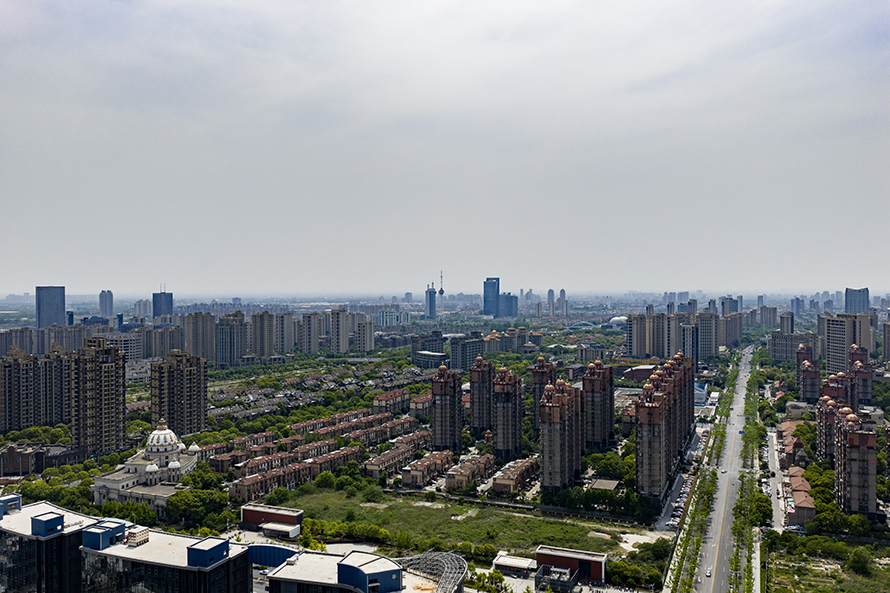
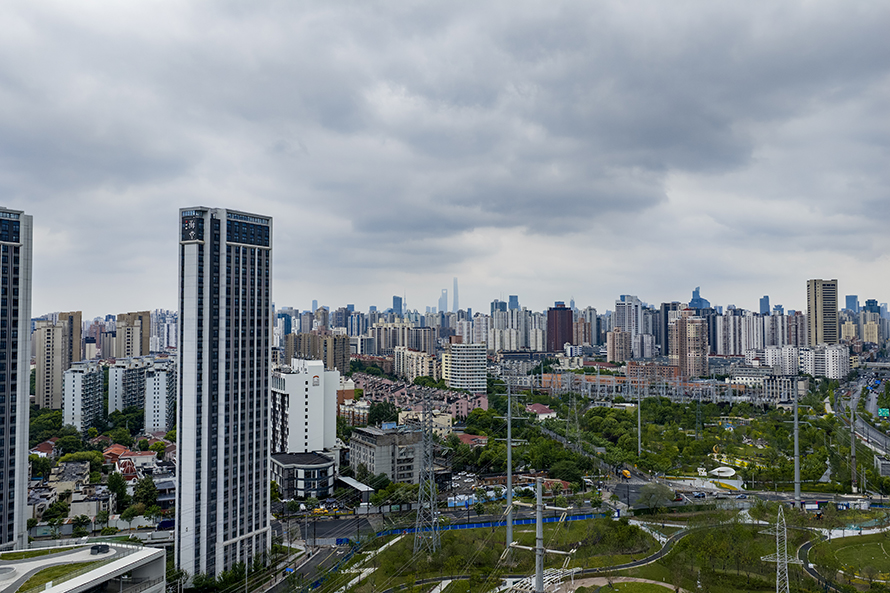
Hasselblad Camera Samples
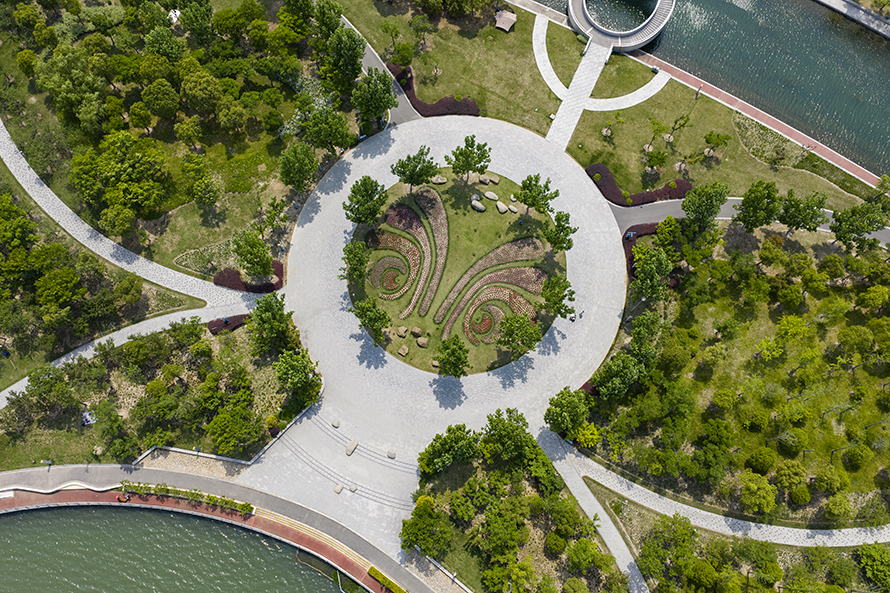
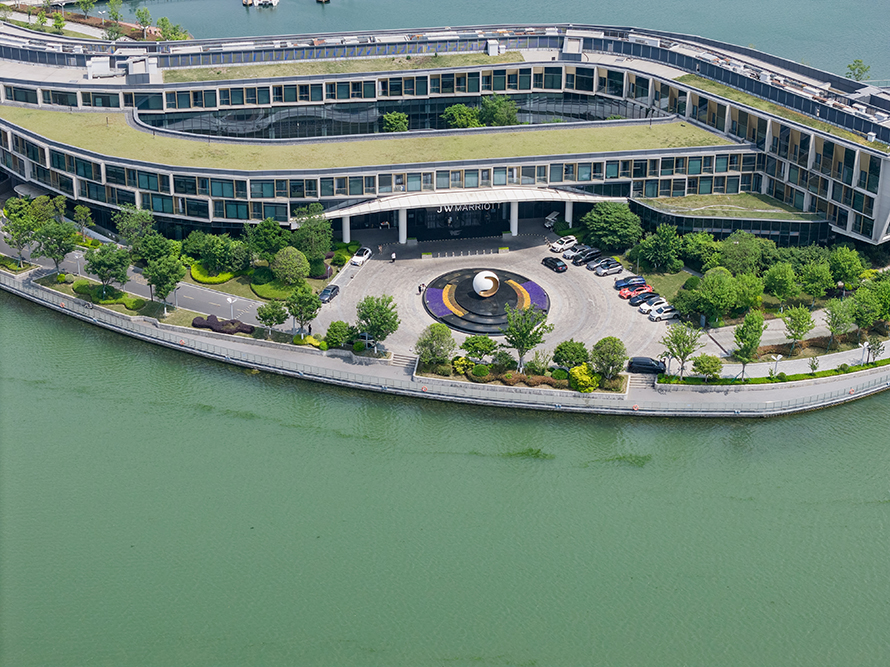
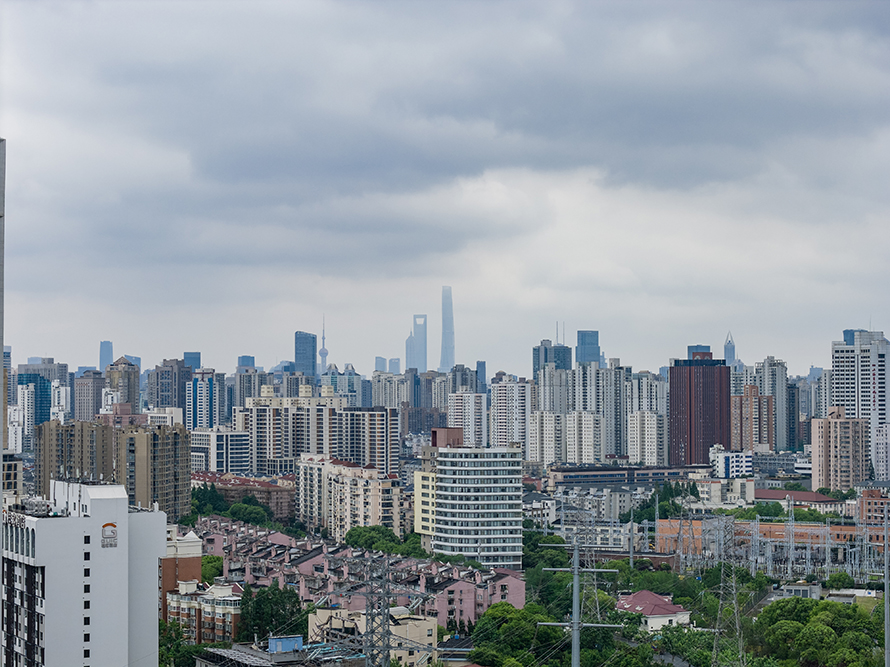
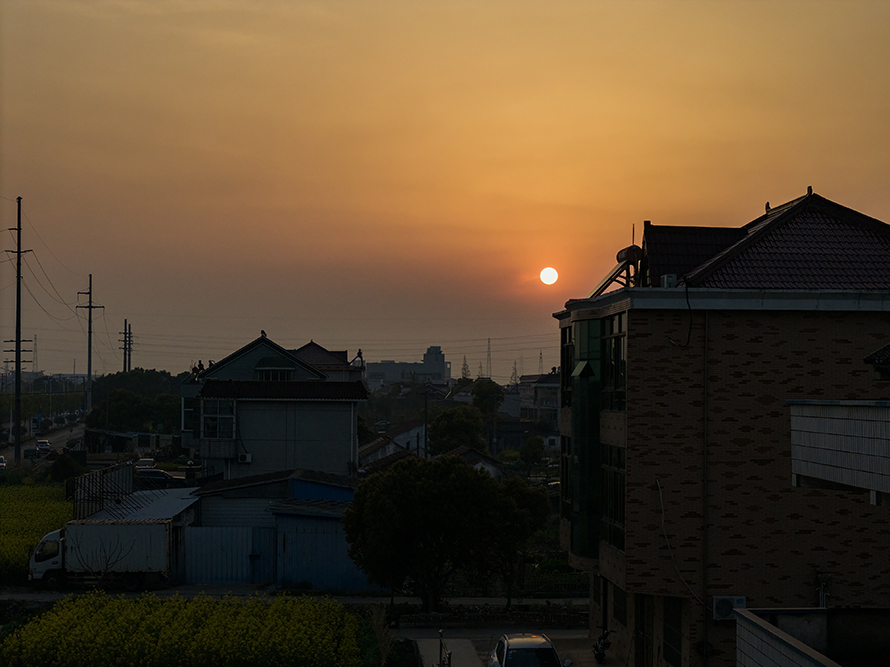
70mm Medium Telephoto Samples

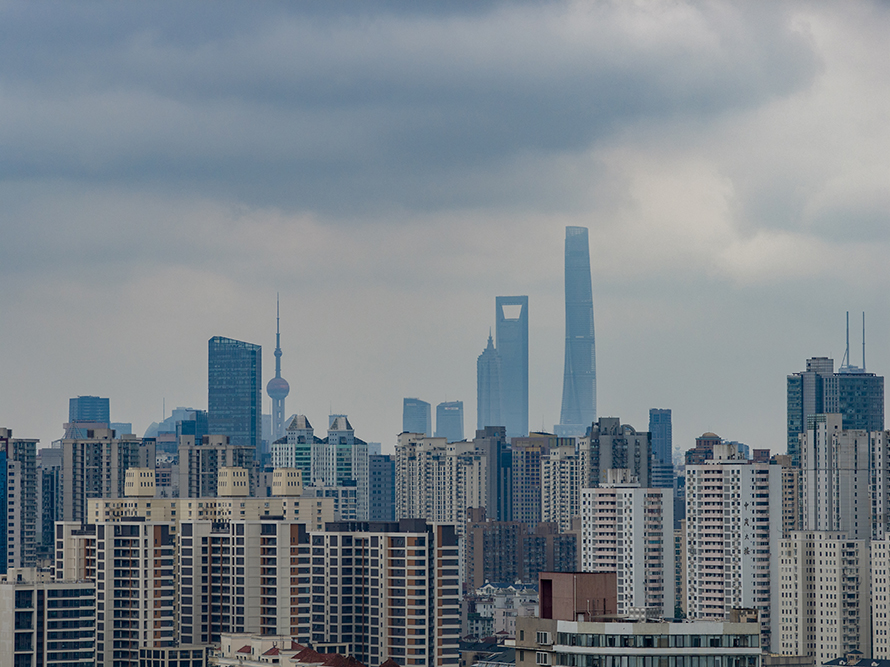
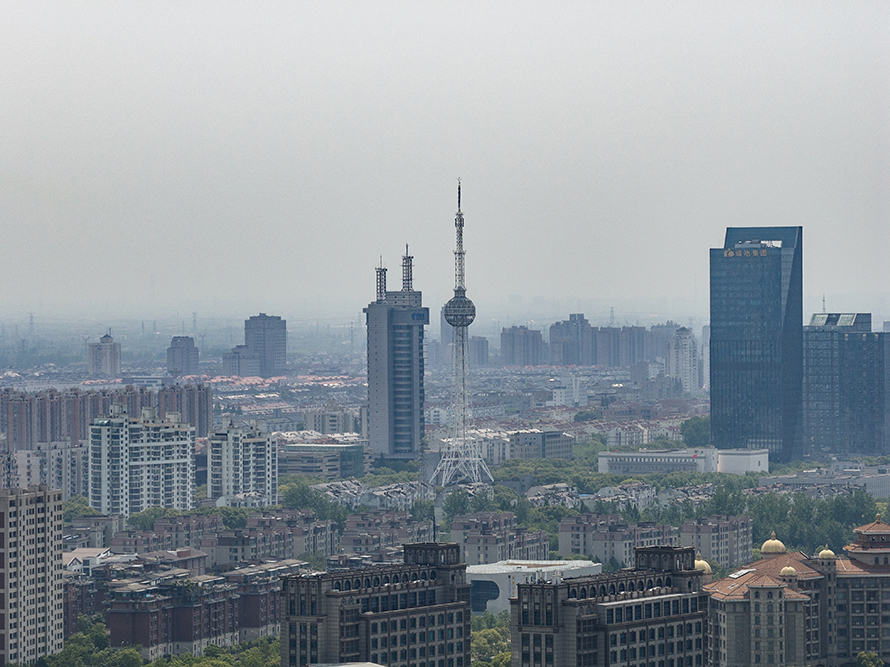
168mm telephoto sample
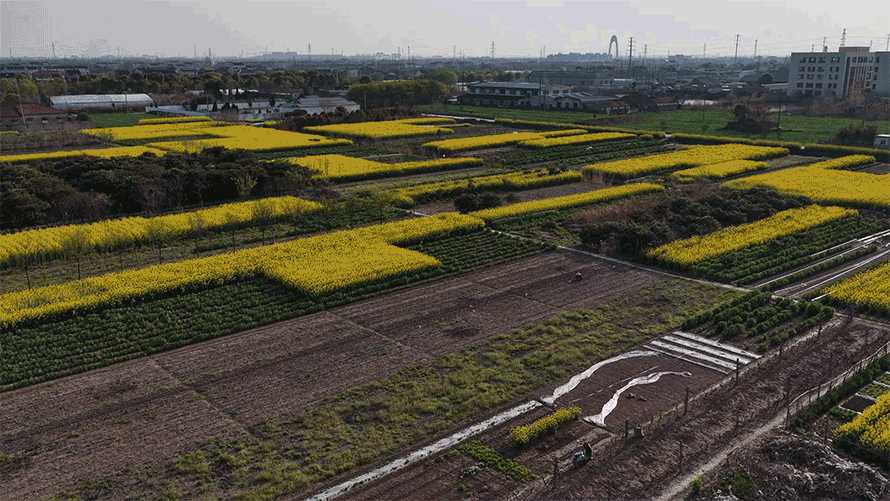

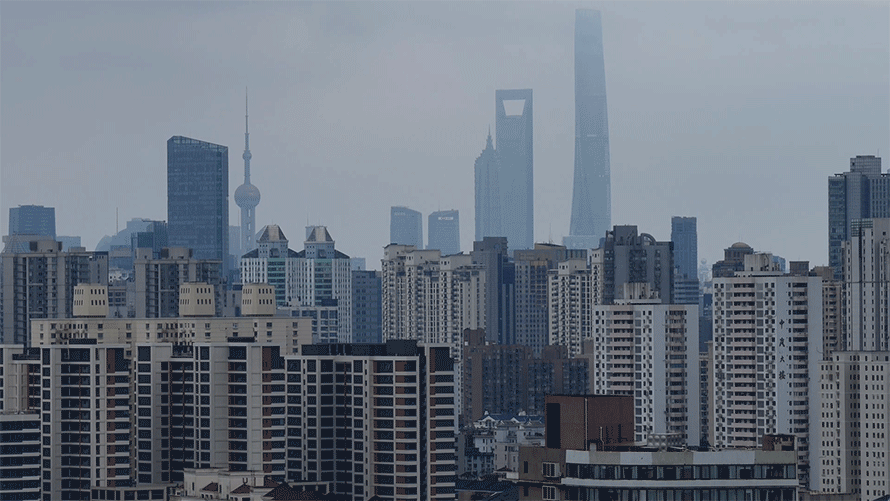
Video effect
Let's take a look at the actual performance. Thanks to the support of the triple-camera system, it brings a high degree of freedom to shooting. The 28mm angle of the Hasselblad camera is suitable for panoramic shots, while the medium telephoto and telephoto cameras can capture every detail in the distance. And thanks to the excellent lens quality, there is no need to worry about the image quality.

However, it's a pity that during our experience, the weather was not particularly good, and there was always a hazy atmosphere in the distance. When zooming in with the telephoto lens, the effect will be affected to a certain extent. Fortunately, in addition to supporting RAW format in photo mode, the Mavic 4 Pro also supports D-Log, D-Log M, and HLG color modes in video mode, providing greater post-production space for videos.
The color-graded video has also been greatly improved in effect. Nowadays, with the increasingly standardized management of drones, every flight becomes more and more precious. This greater post-production space will also ensure that every recording we make is not wasted.
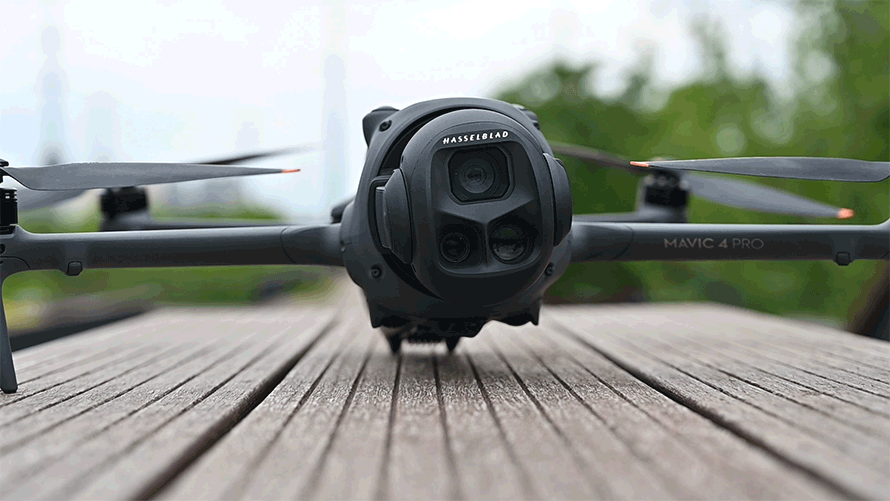
In addition to the upgrade of imaging parameters, the Mavic 4 Pro also adopts a brand-new Omnidirectional Gimbal this time. DJI has reconstructed the three gimbal arms, breaking through some limitations of the past gimbal structure and realizing 70° upward shooting and 360° rotating shooting. Especially the 360° rotating shooting, combined with aerial photography, can help users capture extremely shocking effects.
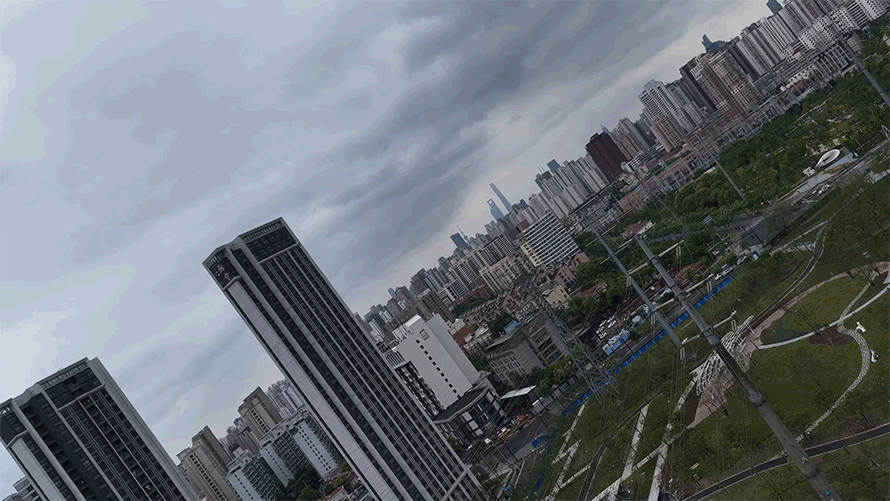
Let's take a look at the effect. When the entire world rotates in your frame, perhaps this is the greatest significance of owning the Mavic 4 Pro.
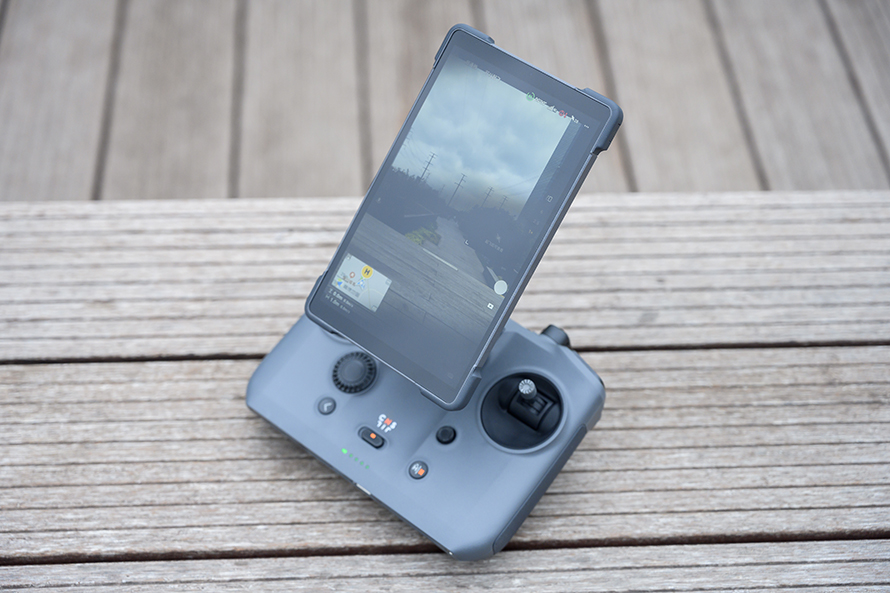

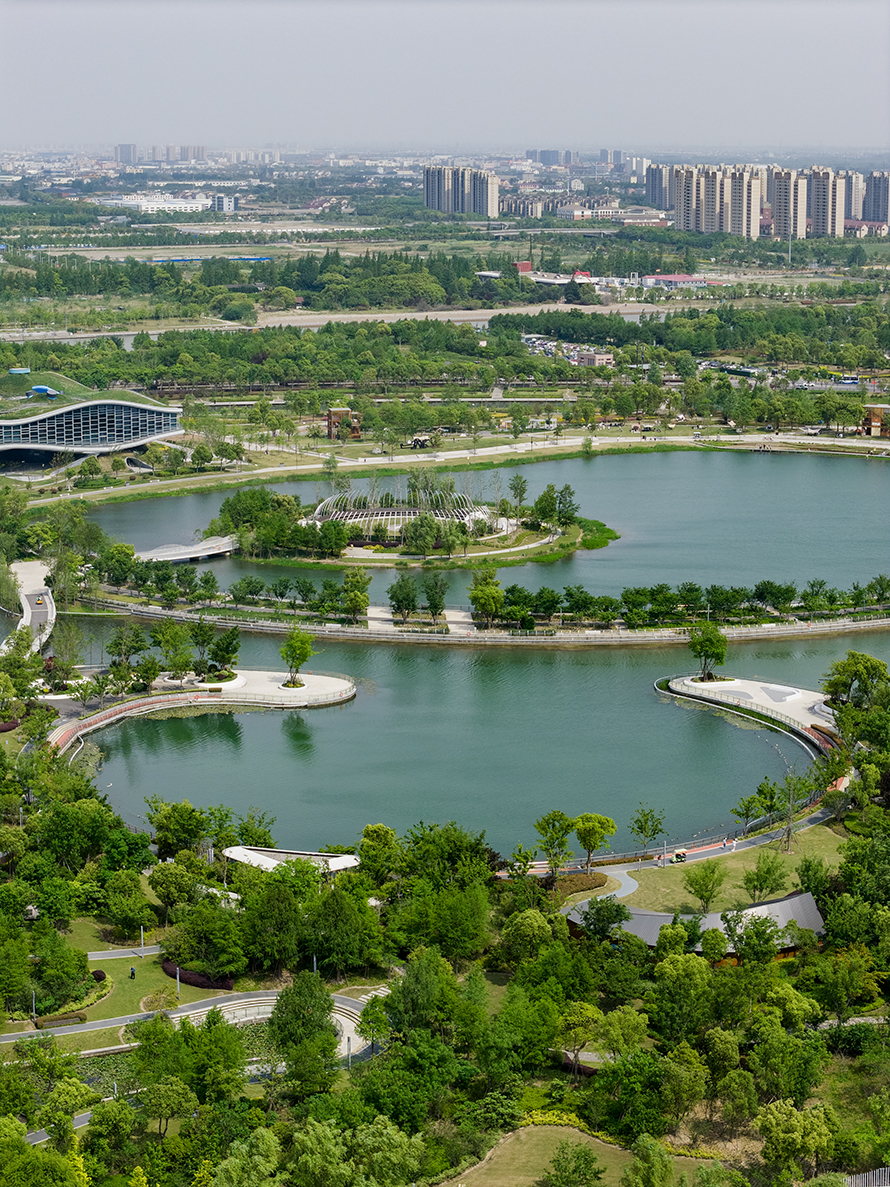
Of course, the Omnidirectional Gimbal brings not only 360° rotating shooting but also vertical shooting. Nowadays, vertical content has become increasingly mainstream. With the help of the Omnidirectional Gimbal, the Mavic 4 Pro can easily capture such content. As mentioned earlier, paired with the newly upgraded RC Pro 2 remote controller, simply rotate the remote controller screen to vertical, and the camera will synchronously adjust to vertical shooting, making it easier to use.
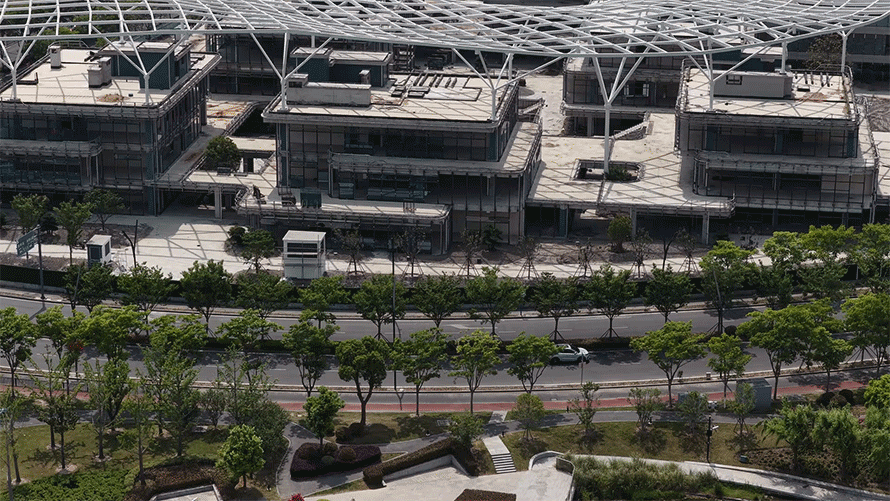
For target tracking, the Mavic 4 Pro also performs very well. As we can see from actual tests, when tracking a vehicle on the ground, even if the vehicle is obstructed by trees, the Mavic 4 Pro can continuously track the target without losing it, which can ensure the success rate of shooting in complex scenarios.
Quick transfer after shutdown, more convenient for syncing materials
The upgrades of the Mavic 4 Pro are not only reflected in flight, control, imaging, etc., but also in subsequent material synchronization. The Mavic 4 Pro also performs well in these areas.
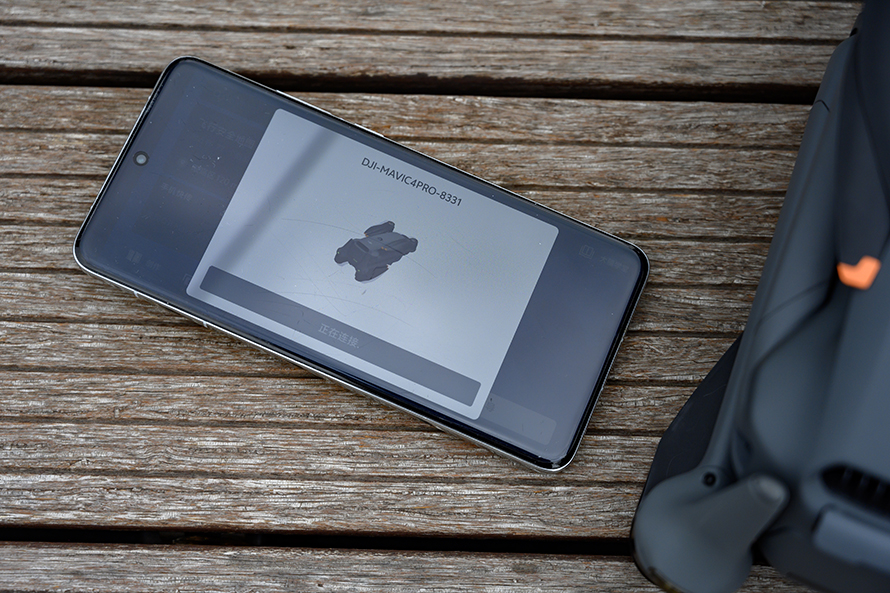
The Mavic 4 Pro now supports WiFi 6 transmission with a maximum speed of up to 80MB/s, making it easier to transfer even video materials to a mobile phone. During our actual tests, the maximum speed could even reach 100MB/s, which is quite fast.
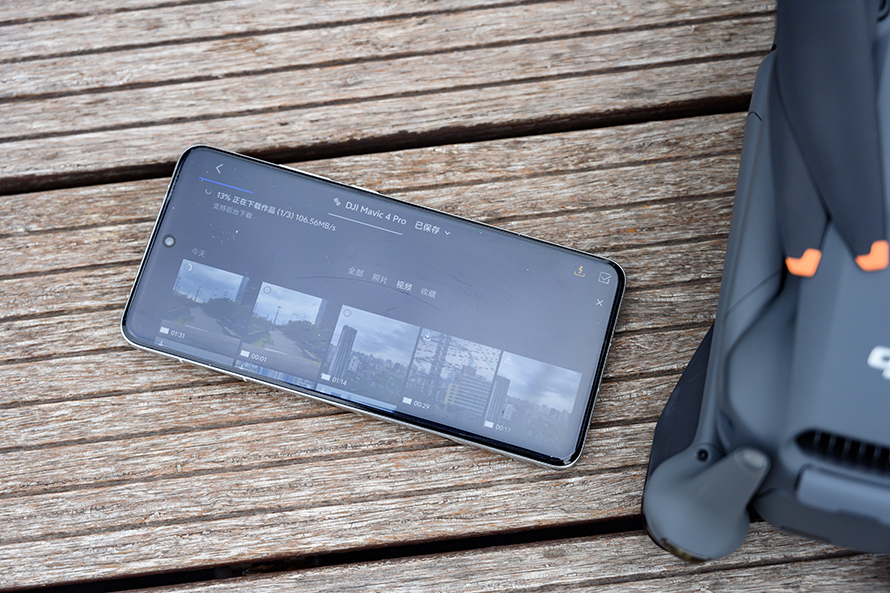
Moreover, the Mavic 4 Pro now supports quick transfer after shutdown. After shooting, we can directly turn off the drone and store it, and then sync the materials during the transition. This can help us better utilize the transition intervals during the journey to complete material organization, simple editing, and other operations.
Final thoughts
As a highly capable series within DJI drones, the Mavic series offers users a lot of creative space. As the new model of this series, the Mavic 4 Pro also brings a very sincere update. With longer battery life and better flight performance, it lays a very solid foundation for our creation and provides us with more operational redundancy, making us more at ease when facing shooting.
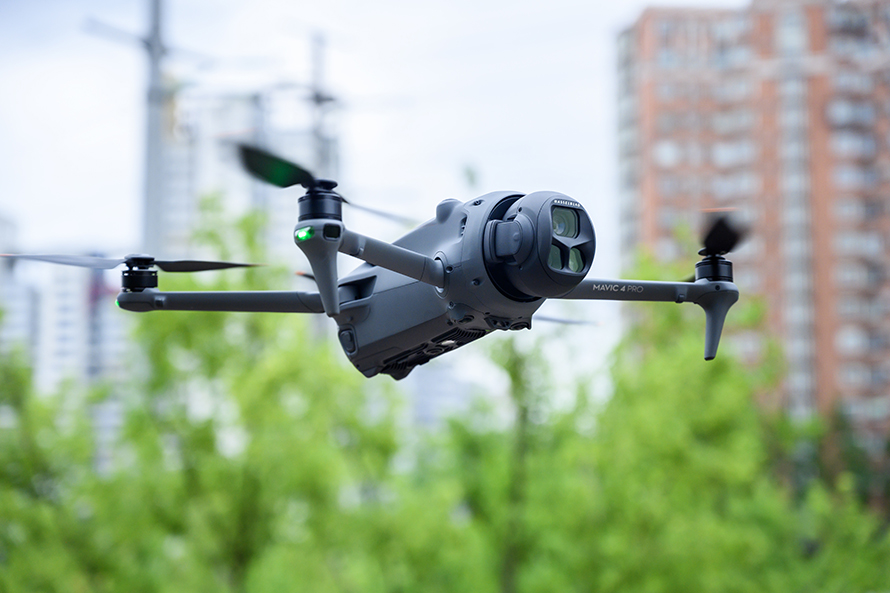
In terms of imaging, the triple-camera system has been comprehensively upgraded. The combination of dual telephoto lenses and the Hasselblad camera can capture every wonderful moment in different scenarios. The addition of the new Omnidirectional Gimbal and 360° rotating shooting can bring us a more alternative perspective. More importantly, it makes vertical shooting much easier, which is more in line with current content needs.

Of course, compared to series like DJI Air, Mini, Flip, etc., Mavic also means a higher price. If you are just an ordinary user who wants to record some beautiful scenery during your trip, perhaps these lighter models are more suitable. But if you are a content creator, it is obvious that the Mavic 4 Pro means better image quality, a more reliable shooting experience, and is a more worthy choice for you.





